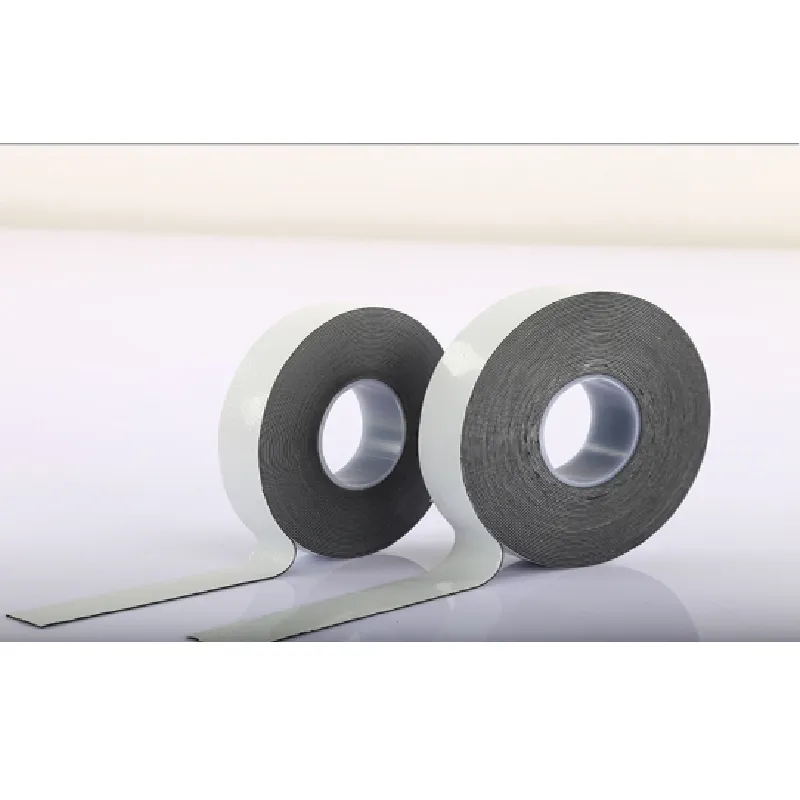Fireproof Strips Essential Safety Features for Buildings
In today's world, the significance of fire safety cannot be overstated. As urban environments expand and building designs become more complex, the need for effective fire prevention measures has never been more critical. One of the key components in fire safety systems is the fireproof strip, an essential feature that enhances the safety of buildings, protects lives, and minimizes property damage.
A fireproof strip, also known as a firestop strip, is typically made of materials designed to withstand high temperatures for a specific duration. These strips are commonly installed around door frames, window frames, and other potential fire gaps. Their primary function is to prevent the passage of smoke, flames, and hot gases from one area of a building to another during a fire outbreak. By doing so, they can significantly slow down the spread of fire, providing occupants with vital extra minutes to evacuate safely and allowing emergency responders the opportunity to manage and extinguish the flames more effectively.
The importance of fireproof strips is particularly evident in high-rise buildings, commercial establishments, and residential complexes. These structures often contain multiple compartments separated by walls and doors. Without adequate fire separation measures, a fire that starts in one area can quickly infiltrate adjoining spaces, putting countless lives at risk. Fireproof strips act as barriers, ensuring that a fire remains contained to its origin and does not breach into escape routes or other vital areas of the building.
There are several types of fireproof strips available in the market, each designed for different applications
. Intumescent strips are among the most common; they expand when exposed to high heat, which helps seal gaps and block smoke. Other options include silicone sealants and metal-based strips, which provide varying degrees of effectiveness based on the specific building requirements and local building codes. Choosing the right fireproof strip requires careful consideration of the fire rating requirements for a building, as well as the materials used in construction.fireproof strip

Installation of fireproof strips is a vital part of the overall fire safety plan. It is crucial that these strips be installed correctly to function effectively. This often involves detailed planning and adherence to local fire safety regulations. Many building codes require that fireproof strips be used as part of a comprehensive fire protection strategy that includes fire alarms, sprinkler systems, and proper escape routes. Building owners, architects, and contractors must collaborate closely to ensure that all safety features, including fireproof strips, are properly integrated into the building’s design and construction.
Moreover, regular maintenance and inspections are essential to ensure that fireproof strips remain effective over time. Factors such as wear and tear, environmental conditions, and accidental damage can compromise their integrity, so periodic assessments should be conducted. Building management companies should implement a routine maintenance schedule to inspect not only the fireproof strips but also other fire safety measures to ensure compliance with updated safety regulations and standards.
Incorporating fireproof strips into building designs also comes with several advantages beyond immediate fire safety. Buildings equipped with comprehensive fire protection measures can enhance their marketability, as tenants and buyers often prioritize safety features. Additionally, insurance companies may offer better premiums or incentives for properties that demonstrate a commitment to fire safety through adequate fireproofing measures.
In conclusion, fireproof strips play an indispensable role in maintaining safety in buildings, protecting lives, and mitigating property damage in the event of a fire. Their strategic placement and proper maintenance can make all the difference in a crisis. As cities continue to evolve and building complexes become more intricate, the importance of having reliable and effective fire safety mechanisms, including fireproof strips, will only grow. It is the responsibility of all stakeholders in the building process—owners, architects, engineers, and contractors—to prioritize fire safety and invest in solutions that protect both people and property from the devastating effects of fires.
-
XIANGFAN Rubber Tape-Ultimate Solutions for All Your Insulation NeedsNewsJun.24,2025
-
XIANGFAN Rubber Tape-Protection for Industrial and Residential ApplicationsNewsJun.24,2025
-
XIANGFAN Rubber Tape: Superior Safety and Sealing for Demanding EnvironmentsNewsJun.24,2025
-
XIANGFAN Rubber Tape: Reliable Solutions for Every Electrical ChallengeNewsJun.24,2025
-
XIANGFAN Electrical & Industrial Tape: Powering Reliability Across IndustriesNewsJun.24,2025
-
XIANGFAN Electrical & Industrial Tape: Excellence in Every ApplicationNewsJun.24,2025
